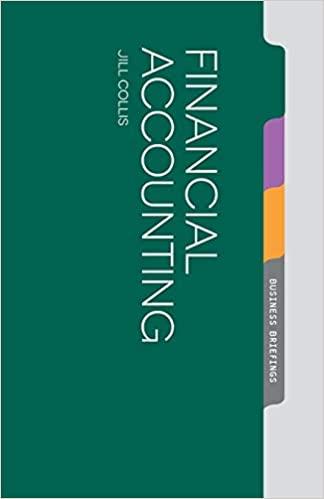Cost of Units Completed and in Process The charges to Work in Process --Assembly Department for a period, together with information concerning production, are as follows. All direct materials are placed in process at the beginning of production Work in Process-Assembly Department Bal., 3,000 units, 65% completed 9,570 To Finished Goods, 69,000 units ? Direct materials, 71,000 units 106,500 $1.5 Direct labor 141,700 Factory overhead 55,140 Bal. 2 units, 65% completed Cost per equivalent units of $1.50 for Direct Materials and $2.80 for Conversion Costs. a. Based on the above data, determine the different costs listed below. If required, round your interim calculations to two decimal places. 1. Cost of beginning work in process inventory completed this period. 2. Cost of units transferred to finished goods during the period. 3. Cost of ending work in process inventory. 4. Cost per unit of the completed beginning work in process inventory, rounded to the nearest cent. Instructions Pineapple Motor Company manufactures two types of specialty electric motors, a commercial motor and a residential motor, through two production departments, Assembly and Testing. Presently, the company uses a single plantwide factory overhead rate for allocating factory overhead to the two products. However, management is considering using the multiple production department factory overhead rate method. The following factory overhead was budgeted for Pineapple: 1 Assembly Department $360,000.00 2 Testing Department 900,000.00 3 Total $1,260,000.00 Instructions Direct machine hours were estimated as follows: Assembly Department 3,000 hours Testing Department 6,000 Total 9,000 hours In addition, the direct machine hours (dmh) used to produce a unit of each product in each department were determined from engineering records, as follows: Commercial Residential 1.2 dmh 1.0 dmh Assembly Department 2.4 2.0 Testing Department 3.0 dmh Total machine hours per unit 3.6 dmh a. Determine the per-unit factory overhead allocated to the commercial and residential motors under the single plantwide factory overhead rate method, using direct machine hours as the allocation base. Commercial $ per unit Residential $ per unit Multiple Production Department Method b. Determine the per-unit factory overhead allocated to the commercial and residential motors under the multiple production department factory overhead rate method, using direct machine hours as the allocation base for each department Commercial $ per unit Residentials per unit C. (1) Recommend to management a product costing approach, based on your analyses in (a) and (b). (2) Give a reason for your answer. (1) Management should continue to use the single plantwide overhead rate method. Management should change to the multiple production department factory overhead rate method. O Management is indifferent, since either method yields the same result. Cost of Units Camleted and in Process The charges to Work Process Amy Department for a period, together with information concerning production are as follows. Al direct materials are placed in process at the beginning of production Work in Process Assembly Department Bol, 2,000,65 ompleted 9,370 To Finished Goods, 69,000 units Direct materials, 71,000 units 106,50D $1.5 Direct labor 141,700 Factory overhead 55,140 la units, 65% completed Cost per equivalent units of $1.50 for Direct Materials and 2.0 for Conversion costs a. Med on the above cats, determine the different costs listed below. If required, round your interim Calculations to two decimal places 1. Cost of beginning work in process inventory completed this period 2. Cost of units transferred to finished goods during the period 3. Cost of ending work in process inventory 4. Cost per unit of the completed beginning work in process inventory, rounded to the nearest cent. b. Did the production costs change from the preceding period? coli Ausing that the deect materiale cost per unit did not change from the preceding period, did the conversion costs perquent unit increase, decrease or remain the same for the current period Increase













